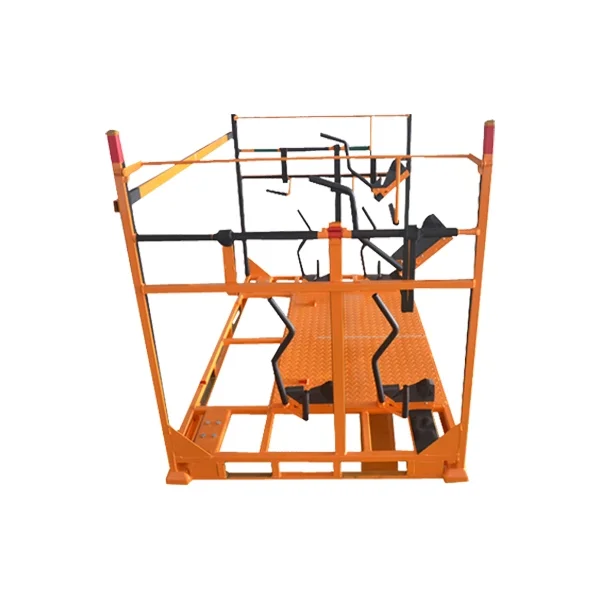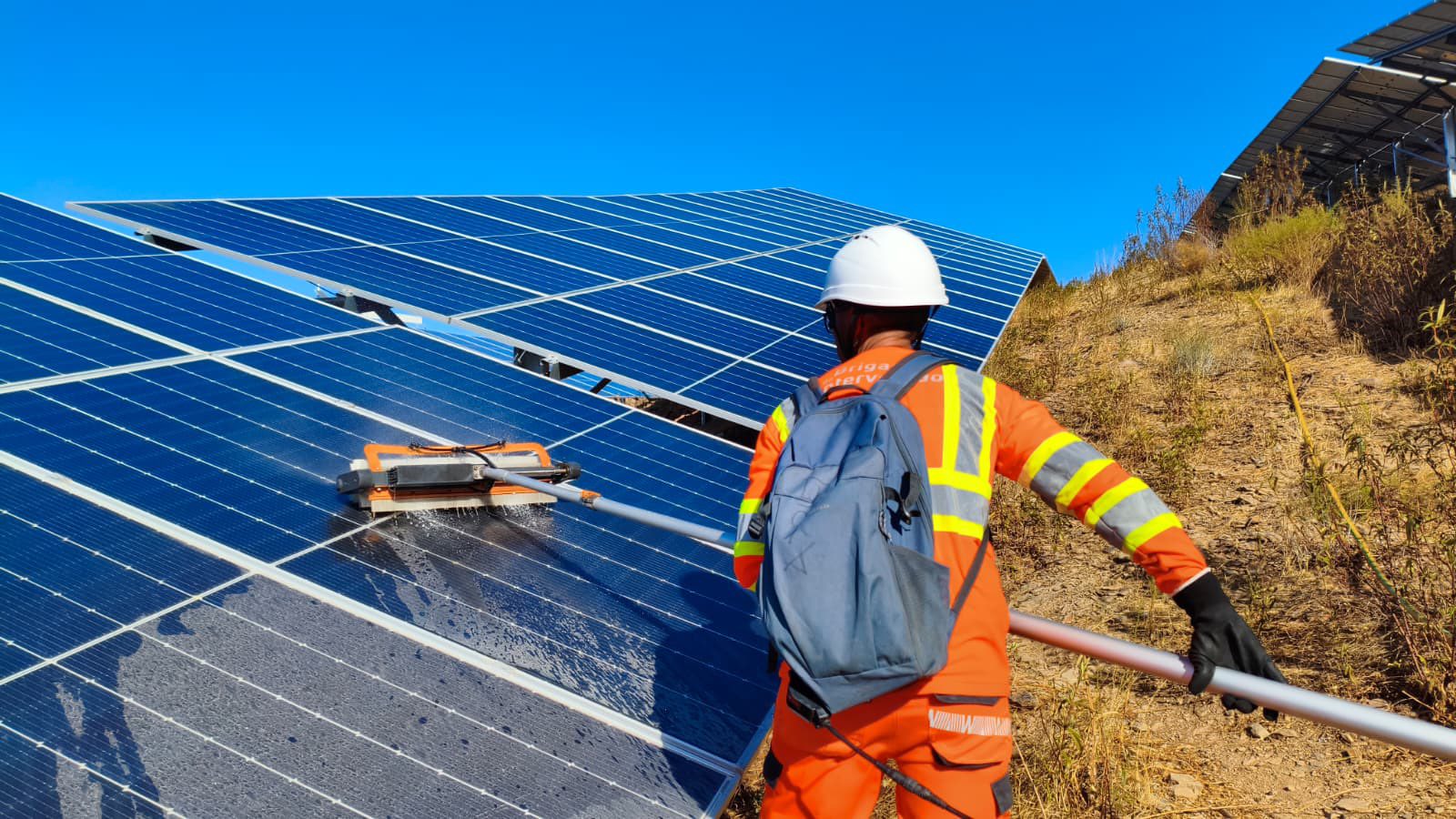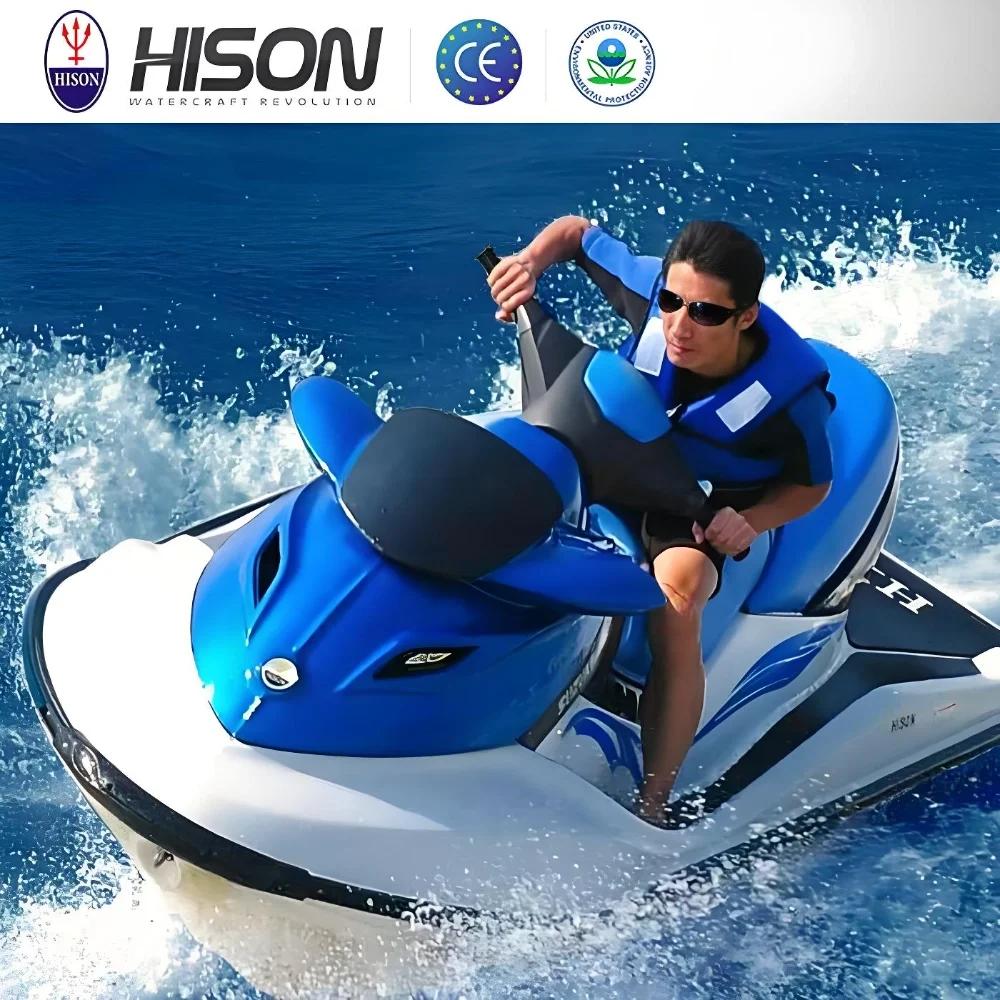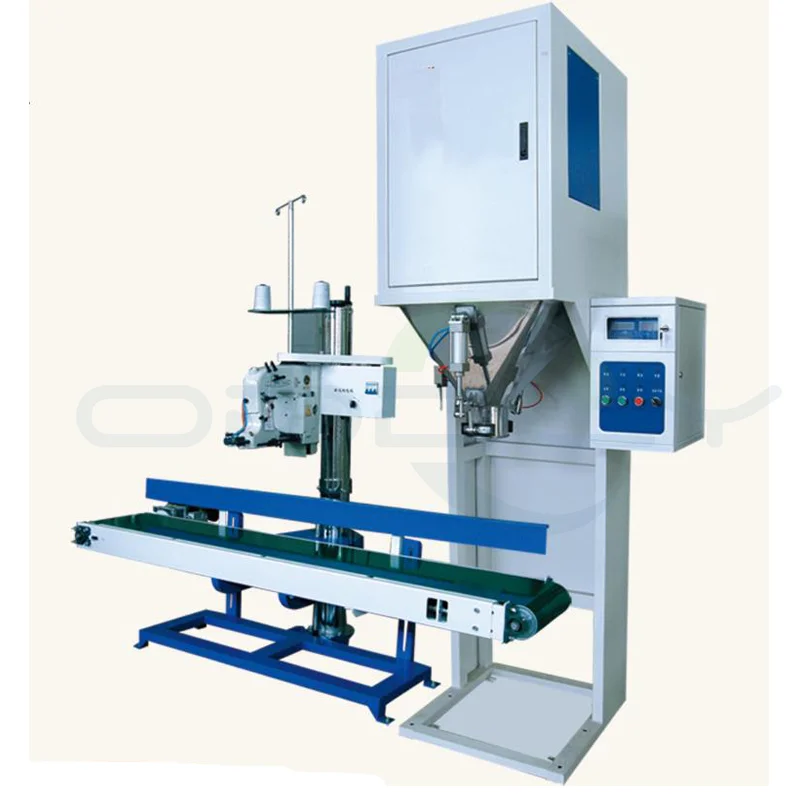Looking to keep your home or office tightly sealed and protected from the elements? Look no further than PVC seal strips! These versatile strips are a game-changer when it comes to maintaining a secure and energy-efficient space. Whether you're trying to block out drafts, reduce noise, or prevent dust and insects from entering, PVC seal strips have got you covered. In this blog post, we'll answer some of the most common questions surrounding these handy little tools. So let's dive in and discover all there is to know about PVC seal strips!
What are PVC seal strips?
PVC seal strips, also known as weatherstripping or draft seals, are narrow strips made from polyvinyl chloride (PVC) material. They are designed to create a tight seal between surfaces, preventing air and water leakage.
These strips come in various shapes and sizes to fit different types of gaps and openings. They typically have adhesive backing or can be attached using nails or screws. PVC seal strips are highly flexible and durable, making them suitable for both residential and commercial applications.
The primary purpose of PVC seal strips is to provide insulation by sealing gaps around doors, windows, cabinets, and other areas where air infiltration might occur. By creating a barrier against drafts, these strips help maintain a comfortable indoor temperature while reducing energy consumption.
Additionally, PVC seal strips offer excellent noise reduction properties. They act as sound barriers by blocking out external noises such as traffic sounds or machinery vibrations.
With their waterproof nature, PVC seal strips are ideal for use in wet environments like bathrooms or kitchens where moisture may be present. They effectively prevent water from seeping through gaps around fixtures or appliances.
PVC seal strips are versatile solutions that offer insulation against drafts and noise while providing protection against water infiltration. Their easy installation process makes them an efficient way to improve energy efficiency and maintain a comfortable environment indoors.
What are the benefits of using PVC seal strips?
First and foremost, PVC seal strips offer excellent insulation. Whether you're looking to keep out drafts, noise, or dust, these strips provide a reliable barrier. They help maintain temperature control in your space and create a more comfortable environment.
Another advantage is their durability. Made from strong and resilient PVC material, these seal strips can withstand regular wear and tear without losing their effectiveness. This means they will last for years, saving you money on replacements.
PVC seal strips also provide a great solution for moisture protection. By preventing water infiltration, they help prevent mold growth and other water-related damage that could occur in areas such as bathrooms or kitchens.
One of the key benefits of using PVC seal strips is their versatility. These strips can be used on various types of surfaces including doors, windows, cabinets, and even refrigerators. They come in different sizes and shapes to suit your specific needs.
Furthermore, installation is quick and easy! With adhesive backing or simple clips/brackets options available for mounting them onto surfaces securely.
Lastly but not least importantly – they are affordable! Compared to other sealing options like weatherstripping or silicone caulk which require professional installation costs along with materials themselves; purchasing PVC strip seals saves both time & money while ensuring efficient results!
What types of surfaces can PVC seal strips be used on?
PVC seal strips are incredibly versatile and can be used on a wide range of surfaces. Whether you're dealing with a window, door, bathtub, or even a refrigerator, PVC seal strips can provide an effective solution for sealing gaps and preventing drafts.
One common use for PVC seal strips is on windows and doors. These strips can be applied to the edges of the frame to create an airtight seal that helps keep out cold air in the winter and warm air in the summer. They can also help reduce noise transmission from outside.
In addition to windows and doors, PVC seal strips can also be used on bathtubs and shower enclosures. By applying these strips along the edges of your tub or shower tray, you can prevent water leakage and protect against mold growth.
Furthermore, PVC seal strips are suitable for use on refrigerators or other appliances with removable parts. Installing these seals around the edges of fridge doors helps maintain proper temperature control by keeping cool air inside where it belongs.
No matter what kind of surface you need to seal or protect from elements like moisture or drafts, chances are there's a PVC strip that will do the job effectively! So go ahead and explore how these versatile products could benefit your specific needs!
How do you install PVC seal strips?
Installing PVC seal strips is a straightforward process that can be done by anyone with basic DIY skills. Here's a step-by-step guide on how to install PVC seal strips:
1. Measure and cut: Start by measuring the length of the area where you want to install the strip. Use a sharp utility knife or scissors to cut the strip to the desired length.
2. Clean the surface: Before applying the strip, make sure that the surface is clean and free from dust, debris, and grease. Wipe it down with a mild detergent solution and let it dry completely.
3. Apply adhesive: Most PVC seal strips come with adhesive backing for easy installation. Peel off the protective layer from one side of the strip and carefully press it onto the surface, ensuring proper alignment.
4. Secure in place: Once you have applied one side of the strip, gently press along its entire length to ensure proper adhesion. Then repeat this process for each additional section if needed.
5. Trim excess: If there is any excess strip hanging over at either end, use your utility knife or scissors to trim it neatly for a clean finish.
6. Allow time for curing: It's important to allow sufficient time for the adhesive to cure before subjecting it to any moisture or heavy use.
Remember to follow manufacturer instructions specific to your PVC seal strips for best results!
How long do PVC seal strips last?
How long do PVC seal strips last? This is a common question that many people have when considering using PVC seal strips for their sealing needs. The truth is, the lifespan of PVC seal strips can vary depending on a few factors.
One factor that can impact the longevity of PVC seal strips is the quality of the material used. Higher-quality PVC seal strips are often more durable and resistant to wear and tear, which means they may last longer than lower-quality options.
Another factor to consider is the environment in which the PVC seal strips will be used. If they are exposed to harsh weather conditions or extreme temperatures, they may not last as long as if they were used indoors in a controlled environment.
Proper installation and maintenance also play a role in how long PVC seal strips will last. Ensuring that they are installed correctly and regularly cleaning them can help prolong their lifespan.
While it's difficult to give an exact timeframe for how long PVC seal strips will last, with proper care and maintenance, you can expect them to provide effective sealing for several years.
Can PVC seal strips be used outdoors?
Can PVC seal strips be used outdoors? This is a common question that many people have when considering using PVC seal strips for their outdoor projects. The answer is yes, PVC seal strips can indeed be used outdoors!
One of the great benefits of PVC seal strips is their durability and resistance to various weather conditions. Whether it's rain, snow, or intense sunlight, PVC seal strips are designed to withstand the elements without deteriorating or losing their effectiveness.
Another advantage of using PVC seal strips outdoors is that they provide an excellent barrier against drafts and moisture. By properly sealing gaps and cracks around windows, doors, or other openings in your home's exterior, you can prevent cold air from entering during winter months and keep cool air inside during the summer.
When installing PVC seal strips outdoors, it's important to choose ones specifically designed for outdoor use. These types of seals are typically made with UV-resistant materials that won't fade or become brittle over time due to sun exposure.
In terms of installation, most PVC seal strips come with adhesive backing for easy application. Simply clean the surface where you plan to install the strip, peel off the protective backing on the adhesive side, and press firmly into place.
To ensure optimal performance and longevity of your outdoor PVC seal strips, regular maintenance is recommended. Cleaning them periodically with mild soap and water will help remove dirt accumulation and keep them looking fresh.
In conclusion, if you're looking for a versatile sealing solution for your outdoor projects that offers durability against different weather conditions while providing energy efficiency benefits – look no further than PVC seal strips!
Are PVC seal strips waterproof?
Are PVC seal strips waterproof? This is a common question that many people have when considering using PVC seal strips for various applications. The answer is yes, PVC seal strips are indeed waterproof.
One of the main benefits of PVC as a material is its ability to resist water and moisture. This makes it an ideal choice for sealing gaps and preventing water leakage in areas such as bathrooms, kitchens, and even outdoor spaces like decks or patios.
PVC seal strips create a tight barrier that keeps water from seeping through gaps between surfaces. Whether you're installing them around windows, doors, or other openings, these strips provide reliable protection against leaks.
In addition to being waterproof, PVC seal strips also offer other advantages. They are durable and long-lasting, capable of withstanding regular exposure to moisture without deteriorating or losing their effectiveness over time.
Installing PVC seal strips is relatively easy and straightforward. They usually come with adhesive backing that allows you to simply peel off the protective layer and stick them onto the desired surface.
To maintain their efficiency and longevity, it's important to clean PVC seal strips regularly by wiping them down with a damp cloth or mild detergent solution.
If you're looking for a reliable solution to keep water out and ensure proper sealing in various environments, PVC seal strips are an excellent choice thanks to their waterproof properties.
Beysent
info@beysent.com



